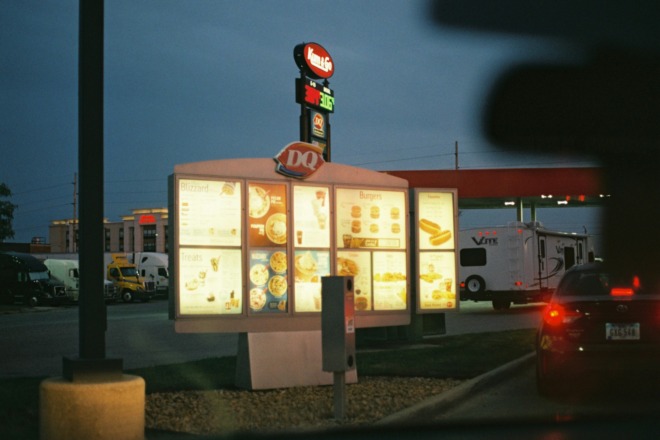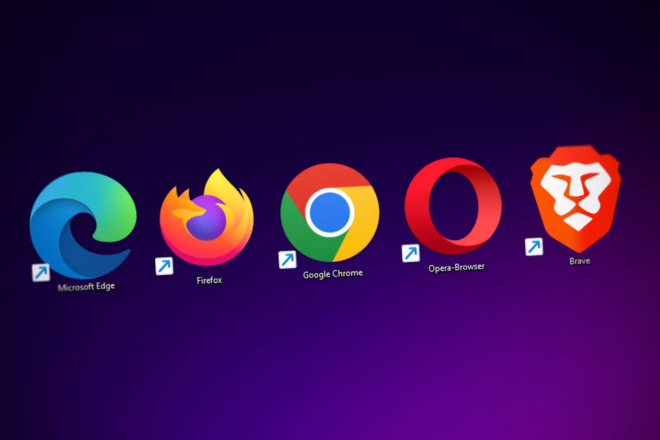When is an ad edgy and when is it brand-damaging? e.l.f Cosmetics’ Matt Rife controversy caused the ad to be quickly pulled, while American Eagle doubled down on its Sydney Sweeney “great genes” spot. Two very different responses, one common lesson: in 2025, every brand needs a plan for ad backlash.
The High Stakes World of Brand Messaging
In today’s media landscape, ads sell products but also spark conversations, memes, and full-blown controversies. With social platforms amplifying both praise and criticism at lightning speed, a single misstep can dominate headlines and shift brand perception overnight.
For small and midsize businesses, these high-profile controversies aren’t just popcorn-worthy — they’re playbooks on what to do and what not to do when backlash hits. Learning from bigger brands like e.l.f and American Eagle offers a shortcut to building smarter, safer campaigns.
What Happened With e.l.f Cosmetics’ Matt Rife Ad?
On August 11, e.l.f Cosmetics launched a new ad campaign featuring Comedian Matt Rife and drag performer Heidi N Closet. The ad parodied personal injury lawyer commercials, aiming to highlight the brand’s affordable beauty products. However, the campaign faced immediate backlash due to Rife’s past controversial joke about domestic violence in his 2023 Netflix special, “Natural Selection.” The joke, which many found offensive, led to public criticism.
In response to the controversy, e.l.f. issued an apology, acknowledging they “missed the mark” and emphasizing their intent to promote positivity. Chief Marketing Officer Kory Marschiotto expressed surprise at the reaction, explaining that Rife’s large Gen Z female following had initially aligned with their target demographic. Despite this, the ad remained online for several days, intensifying the criticism.
Why Is American Eagle’s Sydney Sweeney “Great Genes” Ad Controversial?
American Eagle’s 2025 campaign featuring Sydney Sweeney aimed to showcase its new denim line with the tagline, “Sydney Sweeney has great jeans.” On the surface, it was a playful pun combining “genes” and “jeans.” Yet the ad, which has since been removed from American Eagle’s social media pages, sparked immediate backlash. Critics argued the phrasing carried undertones of eugenics, with some interpreting “great genes” as a reference to hereditary superiority rather than denim quality. Further, others argued that the ad catered too much to the male gaze, oversexualizing the ad needlessly.
The “jeans”/”genes” controversy illustrates how semantic risks — wordplay that can be misinterpreted — can escalate quickly, especially when a campaign features a high-profile celebrity. Social media amplified the criticism, with users creating memes, TikToks, and viral threads dissecting the ad’s messaging. Unlike e.l.f., which faced backlash due to the spokesperson’s personal history, American Eagle’s challenge was purely linguistic and perceptual.
In response, American Eagle defended the ad, stating that its intent was lighthearted and product-focused. Yet the conversation around the campaign underscored a crucial lesson: even well-intentioned messaging can backfire when context, phrasing, and broader societal sensitivities aren’t fully considered.
Defend or Delete? How Brands Decide and What e.l.f. Cosmetics Did
When controversy hits, brands face a binary choice: defend the campaign or delete it. Both strategies carry risk. Defending can signal confidence and alignment with your audience, but it risks alienating others. Deleting can appease critics and protect brand safety, yet it may suggest instability or poor judgment.
The e.l.f. Cosmetics and American Eagle cases exemplify this tension. e.l.f. Cosmetics chose deletion, quickly removing the Matt Rife ad and issuing a public apology. The move prioritized sentiment and mitigated further risk. American Eagle, on the other hand, defended the Sydney Sweeney campaign, leveraging clear messaging and audience congruence to weather the storm. Their approach shows that controversy doesn’t automatically require deletion. Instead, context, provocation tolerance and strategic objectives are important.
Lesson 1: Know Your Audience’s Boundaries

Understanding your audience is the first line of defense against ad backlash. Every demographic has limits for humor, provocation, and wordplay. What one segment finds clever, another may interpret as offensive. And, because only about 4% of consumers will ever explicitly verbalize their complaints, it can be even more challenging to determine what is alienating potential customers without being proactive. Thus, it’s vital for companies to conduct surveys, monitor social sentiment, and analyze past campaign performance to map these boundaries.
The e.l.f. and American Eagle cases show the stakes. e.l.f.’s ad misaligned with a portion of their audience sensitive to Rife’s past, while American Eagle’s pun offended a portion of their customers. Marketers should use tools like gaze audits or focus groups to simulate audience reactions before launch. Knowing these boundaries in advance helps anticipate potential criticism and decide whether the brand can safely defend a controversial element or whether deleting is the smarter move.
With 60% of people judging a brand on its appearance, having a clear brand voice and direction is crucial to driving revenue and being able to respond to any crises.
Lesson 2: Weigh Attention vs. Affinity and What e.l.f. Cosmetics Chose
Controversial ads often generate visibility, but not all attention is beneficial. Marketers must evaluate whether the attention gained outweighs the potential erosion of brand affinity. Viral outrage can increase impressions and search traffic, yet it may alienate loyal customers or core demographics.
American Eagle accepted a moderate level of negative attention, calculating that the pun would engage their target audience without causing long-term damage. e.l.f., facing higher reputational risk, prioritized affinity and chose deletion to prevent further brand erosion.
The lesson for small and medium-sized businesses (SMBs) is clear: while short-term virality can be tempting, it’s no substitute for sustained customer loyalty. Every campaign should be evaluated on how controversy might impact both brand sentiment and revenue over time.
Lesson 3: Build a Risk Calculus Framework
A structured approach to evaluating ad risk can prevent knee-jerk decisions. A risk calculus framework includes factors like:
- Likelihood of public misunderstanding.
- Potential revenue or reputational loss.
- Audience amplification via social media.
- Historical context or influencer history.
By scoring each element, marketers can determine whether controversy is acceptable or threatens brand equity. The 4C Stress Test, which examines context, content, channels, and culture, is a popular tool for this purpose, identifying latent risks.
Both e.l.f. Cosmetics and American Eagle illustrate the framework in action. e.l.f.’s scoring highlighted high semantic and influencer risk, promoting deletion. American Eagle’s analysis showed the risk was contained, enabling them to defend the ad strategically.
This approach reduces impulsive responses and ensures that decisions are aligned with long-term marketing objectives.
Lesson 4: Crisis Response is Strategy
How a brand responds to backlash is as important as whether the ad stays live. A thoughtful crisis response can reinforce trust, while a hasty or defensive reaction can magnify criticism. Key elements of strategic response include:
- Timely communication: address concerns before they escalate.
- Transparency: Explain the intent behind the campaign without dismissing critics.
- Alignment with values: Show consistency between actions and brand identity.
- Monitoring and adaptation: Track social sentiment to decide whether deletion, modification or defense is warranted.
For SMBs, having a pre-built crisis response playbook ensures the brand can react quickly and strategically, turning potential controversy into an opportunity to strengthen audience trust.
Handle With Care
The e.l.f. Cosmetics and American Eagle cases show that controversy is inevitable in modern marketing. Knowing your audience, weighing attention versus affinity, and having a risk framework turn potential backlash into strategic insight. For marketers and SMBs alike, the lesson is clear: defend when aligned and delete when not. No matter what, always respond with thoughtful intent.
About The Author
Eleanor Hecks is the Editor-in-Chief of Designerly Magazine, an online publication dedicated to providing in-depth content from the design and marketing industries. When she's not designing or writing code, you can find her exploring the outdoors with her husband and dog in their RV, burning calories at a local Zumba class, or curled up with a good book with her cats Gem and Cali.
You can find more of Eleanor's work at www.eleanorhecks.com.


